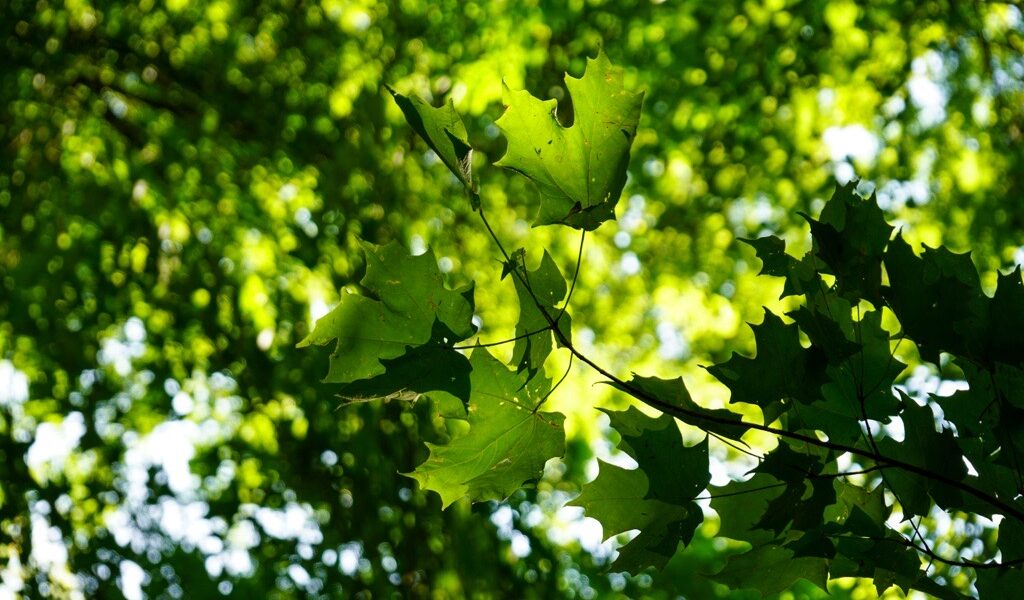Written by Jennings Mergenthal and Zoe Allen (Rosebud Sioux and White Earth Ojibwe)
During the Progressive Era (1896-1917), reformers felt that the rapid industrialization and increasing urbanization of American society was endangering “traditional” (white) American values. This sparked the creation of many boys scouting programs (including the Boy Scouts of America, the Sons of Daniel Boone and the Woodcraft Indians) to promote masculinism, Christian values and outdoor survival skills; there was a notable lack of an equivalent program for girls. This led Dr. Luther Halsey Gulick and his wife, Charlotte Vetter Gulick, to start Camp Fire Girls to promote and revitalize interest in traditional women’s tasks like sewing, spinning, and cooking.
In the center of the scouting movement was Ernest Thompson Seton. Seton was a naturalist writer, illustrator and most notably the founder of “Seton Indians” a group that would go on to inspire the formation of the Boy Scouts in 1910. Seton, a white man, is often credited with bringing in a Native American focus into scouting. Due to his non-Indigenous background and lack of knowledge of Native American tribal differences, Seton relied on the idea of “Pan-Indianism” (the idea that all Indigenous people have the same culture and customs) to promote Native American ideals in a camp setting.

Camp Fire Girl (date unknown)
By centering “Pan-Indianism” in scouting practices, white children and adults manipulated and used Native cultural knowledge to their benefit, all while discarding the cultural context that makes Indigenous ways of being sacred/a closed practice. This “playing Indian” often looked like carelessly mixing and matching various tribal practices, regalia, and ways of being— abstracting them in a way that made them meaningless and passing the abstraction off as “camp culture.” Campers would dress in fake Indigenous costumes, receive “Indian names” and participate in made-up Indigenous rituals. One of the most prevalent throughout Camp Fire was the idea of “wo-he-lo,” an idea instilled in the campers and made to sound “Indian” by taking the first syllable of three values: work, health and love. Camp Fire and the scouting movement encouraged imitation of Indigenous identity as a part of primitivism: the false association of Indigenous people with the ideas of simplicity and “wilderness” that the scouting movement tried to associate itself with.
During this time that the camps were imitating and misinterpreting Indigenous cultures, Indigenous people were actually legally banned from practicing their cultures and ceremonies, and in many cases were not allowed to speak their own languages. One example of the oppression Native Americans faced occurred between 1869 to the 1960s, when over 60,000 Indigenous children were forcibly removed from their homes and made to attend one of the 526 state-sanctioned Christian boarding schools. Of the 60,000, the number of children that died via neglect, abuse, or exposure to the elements while escaping is estimated to be well over 1,000 children. However, the exact number of children that went missing or died while attending boarding schools is still being investigated, as many of their burial sites were unmarked and are being slowly discovered.

Students and Staff at Native American Boarding School, c. 1900. (courtesy of the Minnesota Historical Society)
While campers were encouraged to “play Indian,” Indigenous people themselves were not allowed to exist as they had for thousands of years prior to European encroachment on their lands. Native American Boarding Schools were created to violently force Native people to assimilate into white, Christian, American culture, while “scouting” offered white children a “playful” escape from whiteness in the woods.
Scouting, while still practiced in some camp settings, is no longer practiced at Camp Fire Minnesota. Camp Fire Minnesota has decided to no longer use “wohelo” as a part of its programming due to the inherent racism in the creation of this term and its use in perpetuating false ideas about Indigenous people.
References:
“US Indian Boarding School History“ by the National Native American Boarding School Healing Coalition
Ernest Thompson Seton’s Biography by the Ernest Thompson Seton Institute
“Boy scouts ‘have been one of the worst culprits’ of cultural appropriation” by Vincent Schilling, Indian Country Today
American Indian History Timeline by the Indian Land Tenure Foundation
